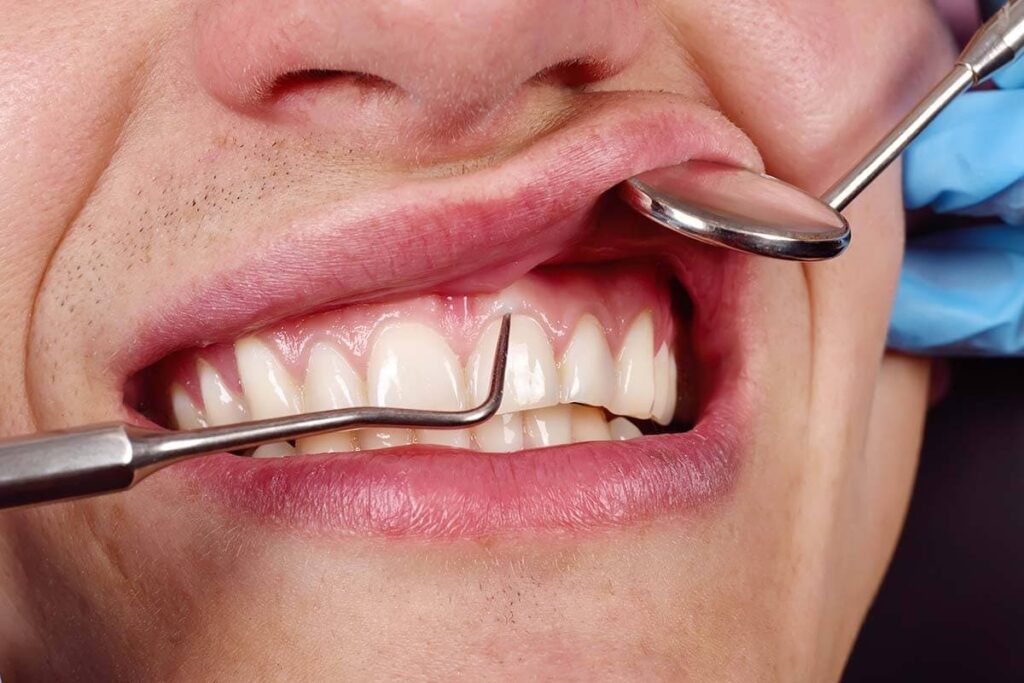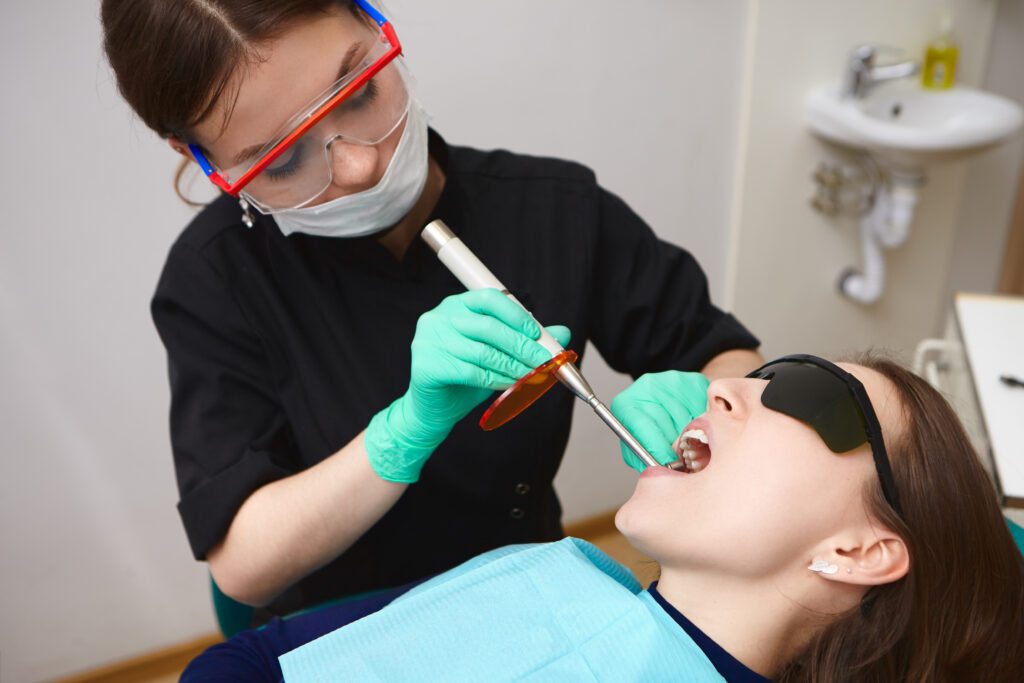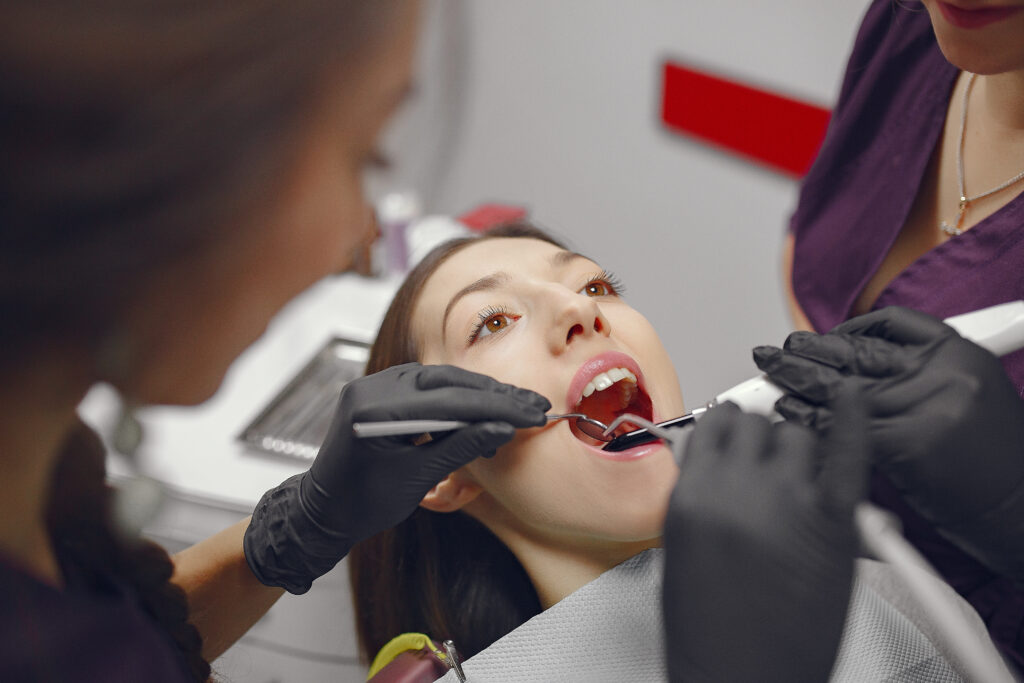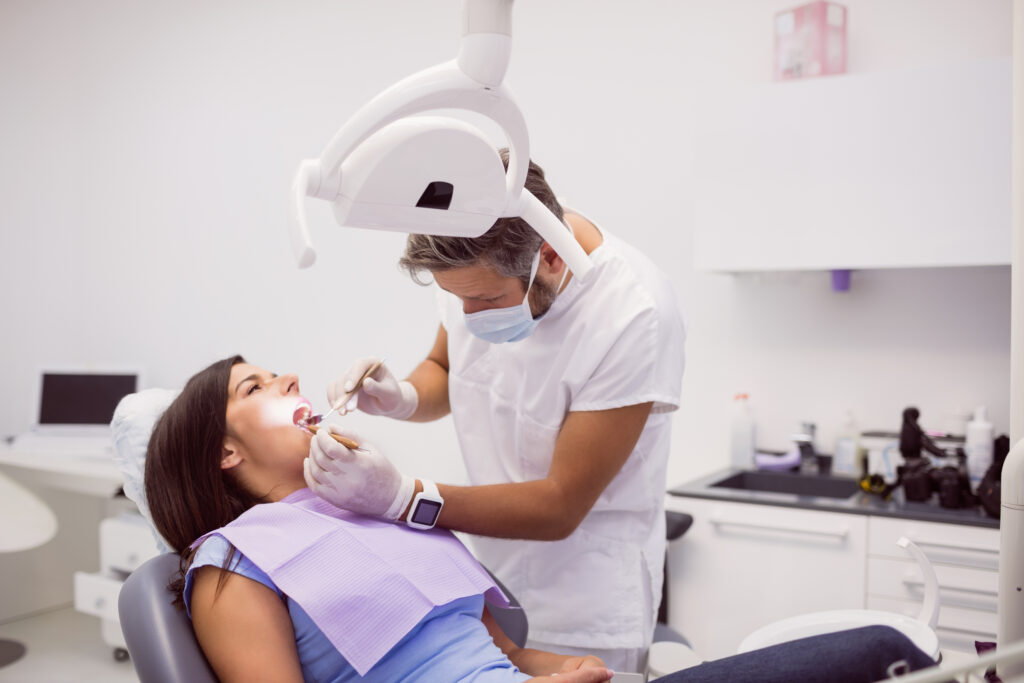You might notice it when brushing. A little blood on the toothbrush, some swelling near the gumline, or a bit of tenderness you didn’t have last week. It’s easy to dismiss bleeding gums as minor, but they often signal something deeper: the early stages of gum disease.
Left untreated, gum issues can progress quietly and quickly. From bad breath and gum recession to eventual tooth loss, the consequences are serious. If you’ve searched for “gum treatment near me,” chances are you’ve already seen a warning sign your mouth shouldn’t ignore.
Here’s what those signs could mean and what to expect if treatment is needed.
What Bleeding Gums Are Really Telling You
Healthy gums shouldn’t bleed. When they do, it’s typically a sign that plaque and bacteria are irritating the soft tissue. The most common cause is gingivitis, the earliest stage of gum disease. It can develop quietly, with no pain, and go unnoticed until you see blood when brushing or flossing.
Other symptoms that often accompany bleeding include:
- Swollen or tender gums
- Persistent bad breath
- Receding gums (teeth look longer)
- A bad taste in the mouth
- Spaces forming between teeth
If you’re experiencing any combination of these, searching for “gum treatment near me” is more than a precaution; it’s the first step toward saving your smile.
From Gingivitis to Periodontitis: How Gum Disease Progresses
In the earliest stage, gingivitis, the issue is reversible. A professional cleaning and a stronger home care routine are often enough to turn things around. But when gum inflammation continues unchecked, it can lead to periodontitis.
At this stage, bacteria begin damaging the tissues and bone that hold your teeth in place. Gums pull back. Bone starts to erode. Teeth loosen. And that small spot of bleeding becomes something far more complex and costly to fix.
When to Seek Gum Disease Treatment
Not every case of bleeding gums means gum disease, but if symptoms persist for more than a few days, it’s important to get checked. You should schedule a consultation if you notice:
- Bleeding after brushing or flossing that happens regularly
- Swelling or redness that doesn’t improve
- Bad breath that doesn’t go away
- Sensitivity near the gumline
- A family history of periodontal issues
If you’re typing “gum treatment near me” into a search bar, trust that your instinct to take action is the right one. Dentists in Riverpark offer a range of diagnostic tools, from visual exams to digital X-rays and pocket depth measurements, to catch gum disease in its earliest form.
What Gum Treatment Looks Like
If your dentist confirms the presence of gum disease, treatment will depend on how advanced the condition is. Early-stage gingivitis may require no more than a professional cleaning, improved oral care at home, and follow-up visits.
- Deep Cleaning: This involves thoroughly cleaning below the gumline and smoothing the roots to help the gums reattach.
- Antibiotics: In this, medication may be applied directly to gum pockets or prescribed to control infection.
- Surgical Treatments: The surgical procedures like flap surgery or tissue grafts, may be required to restore affected areas.
Final Thoughts
Bleeding gums aren’t normal, and they’re rarely harmless. They’re your body’s way of warning you that something isn’t right.
Early diagnosis is the best defense. The sooner you speak with your dentist, the better your chances of avoiding permanent damage. And if you’ve been looking up “gum treatment near me”, consider this your cue to take the next step, not just for your gums, but for your overall health.







